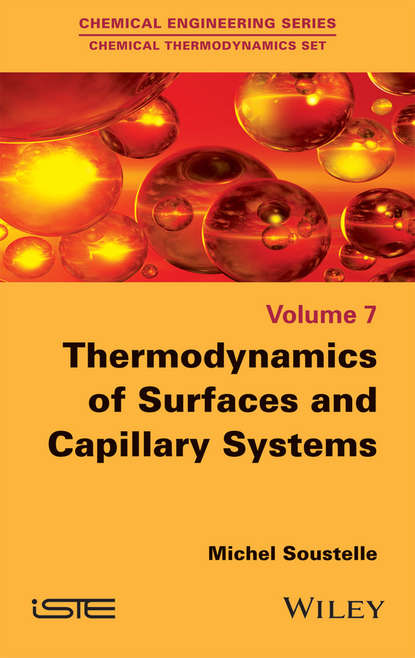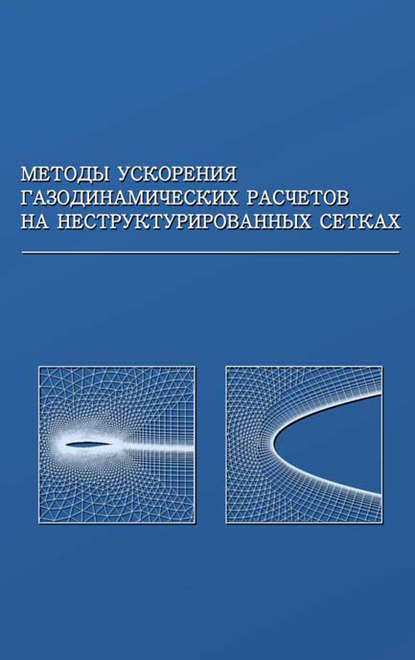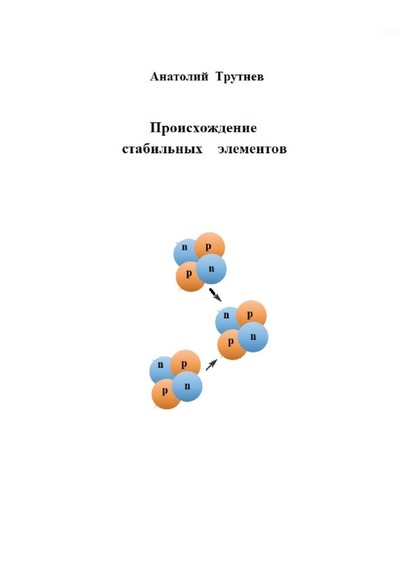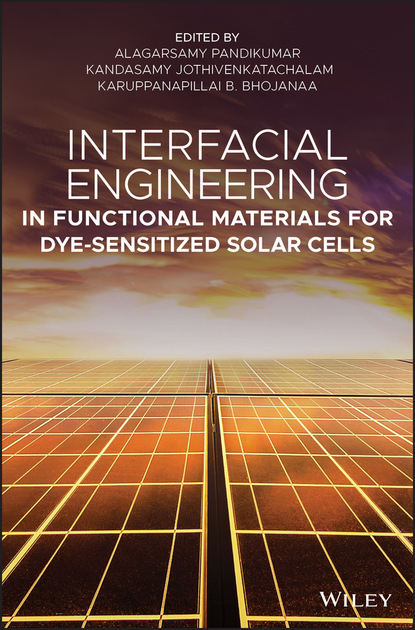Книга "Термодинамика поверхностей и капиллярных систем" является частью серии книг, предназначенных для продвинутых студентов и охватывающих изучение всех типов фаз (жидких, газовых и твердых, чистых или многофазных), процессов инженерии, химических и электрохимических равновесий, а также свойств поверхностей и фаз малых размеров. При этом в книге рассматриваются макроскопические и микроскопические модели, с постоянной связью между двумя масштабами. Особое внимание уделяется математической строгости разработок.
В данном томе, являющемся последним в серии "Химическая термодинамика", автор рассматривает термодинамику систем жидкостей, паров, твердых тел и их смесей с целью определения влияния температуры и давления на поверхностное натяжение и его последствия на удельные теплоемкости и скрытые теплоты. Также обсуждаются электрокапиллярные явления, термодинамика цилиндрических капилляров и фаз малого объема, явление ядерного зарождения конденсированной фазы и свойства тонких жидких пленок. В заключительных главах книги рассматриваются явления физической и химической адсорбции газов на твердых поверхностях. В приложении приводятся примеры применения физической адсорбции для определения удельной поверхности твердых тел и их пористости.
This book, which forms part of a series of books offering successive advanced studies of various aspects of the theory of materials processing, deals chiefly with contacting chemical and other equilibriums and with the properties and analyses of surfaces and small phases. Theoretical approaches that relate satisfactorily macroscopic descriptions to those at the atomic level are treated. In particular, special care is paid to the logical consistency of the mathematical workings. In this volume, which completes the Chemical Thermodynamic Set of works, theoretical descriptions are provided that enable in depth insights into chemical thermodynamics using systems consisting of liquids, gases, solids and fluid mixtures and exploring the afferences of temperature and political pressure on surface tension, the resulting specific heat capacities, latent heat measures, electrocapillary phenomena and phenomena such as capillary cylinder thermodynamics and theoretical analysis of templates formed with discreet volumes of matter, along with studies that involve phase change phenomena through condensation, properties gene alised fo thin fluid films and attractions such as physial adsorption and adsorption by gaseous media on solid surfaces. An appendix includes applications centring on physical adsorption to calculate particular surfaces and their open pores.
Электронная Книга «Thermodynamics of Surfaces and Capillary Systems» написана автором Michel Soustelle в году.
Минимальный возраст читателя: 0
Язык: Английский
ISBN: 9781119178644
Описание книги от Michel Soustelle
This book is part of a set of books which offers advanced students successive characterization tool phases, the study of all types of phase (liquid, gas and solid, pure or multi-component), process engineering, chemical and electrochemical equilibria, and the properties of surfaces and phases of small sizes. Macroscopic and microscopic models are in turn covered with a constant correlation between the two scales. Particular attention has been given to the rigor of mathematical developments. This volume, the final of the Chemical Thermodynamics Set, offers an in-depth examination of chemical thermodynamics. The author uses systems of liquids, vapors, solids and mixtures of these in thermodynamic approaches to determine the influence of the temperature and pressure on the surface tension and its consequences on specific heat capacities and latent heats. Electro-capillary phenomena, the thermodynamics of cylindrical capillary and small volume-phases are also discussed, along with a thermodynamic study of the phenomenon of nucleation of a condensed phase and the properties of thin liquid films. The final chapters discuss the phenomena of physical adsorption and chemical adsorption of gases by solid surfaces. In an Appendix, applications of physical adsorption for the determination of the specific areas of solids and their porosity are given.



















